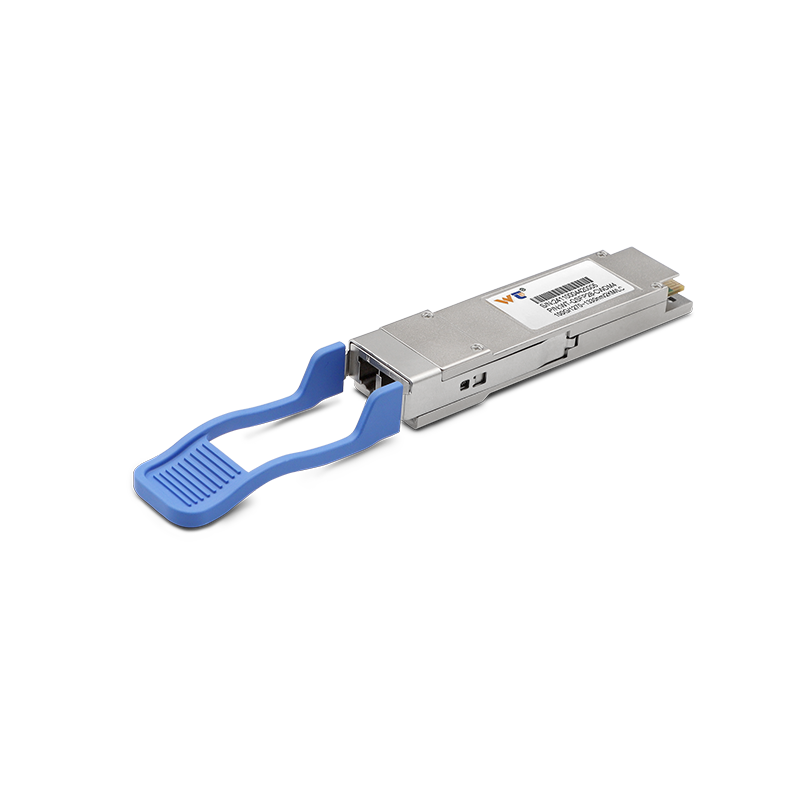The smart manufacturing industry is evolving rapidly, and the integration of advanced technologies is becoming critical. The demand for reliable and high-speed data transfer solutions is growing, particularly in the realm of optical modules. By 2025, we expect a surge in the implementation of 100G optical modules, designed to support real-time data analysis, enhancing efficiency and productivity in manufacturing environments.
Optical modules are crucial components in modern communication systems. They facilitate the conversion of electrical signals to optical ones, allowing for high-speed data transmission over longer distances without significant loss of quality. The market for optical modules is now witnessing an upward trend, driven by the increasing demand for data bandwidth and low latency. As more manufacturers adopt digital technologies, the global optical module market is projected to reach USD 10 billion by 2025, with key trends indicating widespread use in data centers and cloud computing services.
| Type of Optical Module | Function | Key Features |
|---|---|---|
| SFP (Small Form-factor Pluggable) | Compact connectivity for short distances | Data rates up to 1G, versatile |
| SFP+ | Supports higher data rates | Data rates up to 10G |
| QSFP+ | Designed for data centers | Supports 40G speeds |
| QSFP28 | Supports 100G Ethernet | Four-channel transmission |
| CFP (C Form-factor Pluggable) | Long-distance transmission | High bandwidth, reach advantages |
Diving into the specific types of optical modules, we find several categories tailored for various applications. SFP modules are ideal for short-range data links, providing a compact solution for simple connectivity needs. SFP+ modules take this further, accommodating speeds of up to 10G, making them suitable for more demanding applications. In larger setups, QSFP+ modules enable efficient communication over 40G, particularly in data centers where space and efficiency are paramount. Furthermore, QSFP28 modules are paving the way for 100G Ethernet communications by utilizing multiple channels, facilitating significant data throughput. Lastly, the CFP modules serve long-distance applications where high bandwidth is crucial, ensuring packets maintain integrity over longer stretches.
Looking ahead to 2025, scenarios leveraging 100G optical modules will become commonplace in various manufacturing networks. For example, a smart factory could utilize these modules to establish real-time analytics platforms that manage production workflows, enhancing adaptability to changes in demand. Just imagine an automated assembly line where every component is monitored and adjusted instantaneously based on production data streamed via optical modules, significantly cutting down on waste and inefficiency. The flexibility that comes with these connections allows manufacturing plants to react faster to market needs and technological changes.
At our company, we ensure that our optical modules undergo stringent quality testing. This guarantees that they perform excellently across various applications, whether in high-speed data transmission or long-distance communication needs. Our commitment to quality means that when you integrate our products into your systems, you can expect reliability and superior performance. As the smart manufacturing landscape continues to evolve, our optical modules will meet your demands effortlessly, ensuring your operations remain at the forefront of technology.
In summary, the future of smart manufacturing will rely heavily on robust communication systems, particularly through the deployment of optical modules. As we move towards 2025, the integration of 100G modules in manufacturing setups promises unparalleled enhancements in performance and efficiency. Staying connected through high-speed optical solutions will be essential for manufacturers looking to thrive in an increasingly competitive market. Embrace the change and let precision communication drive your operations forward.






